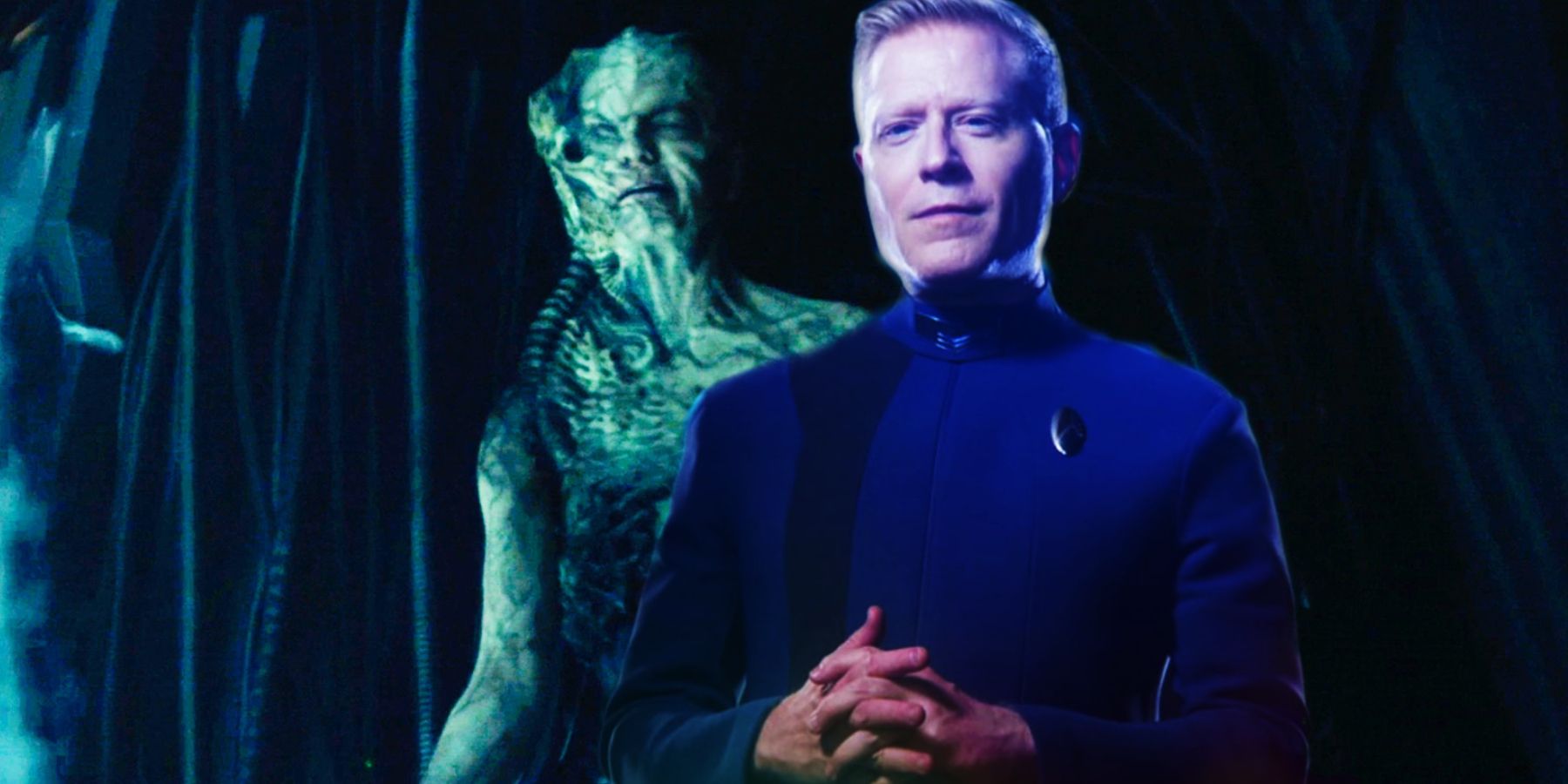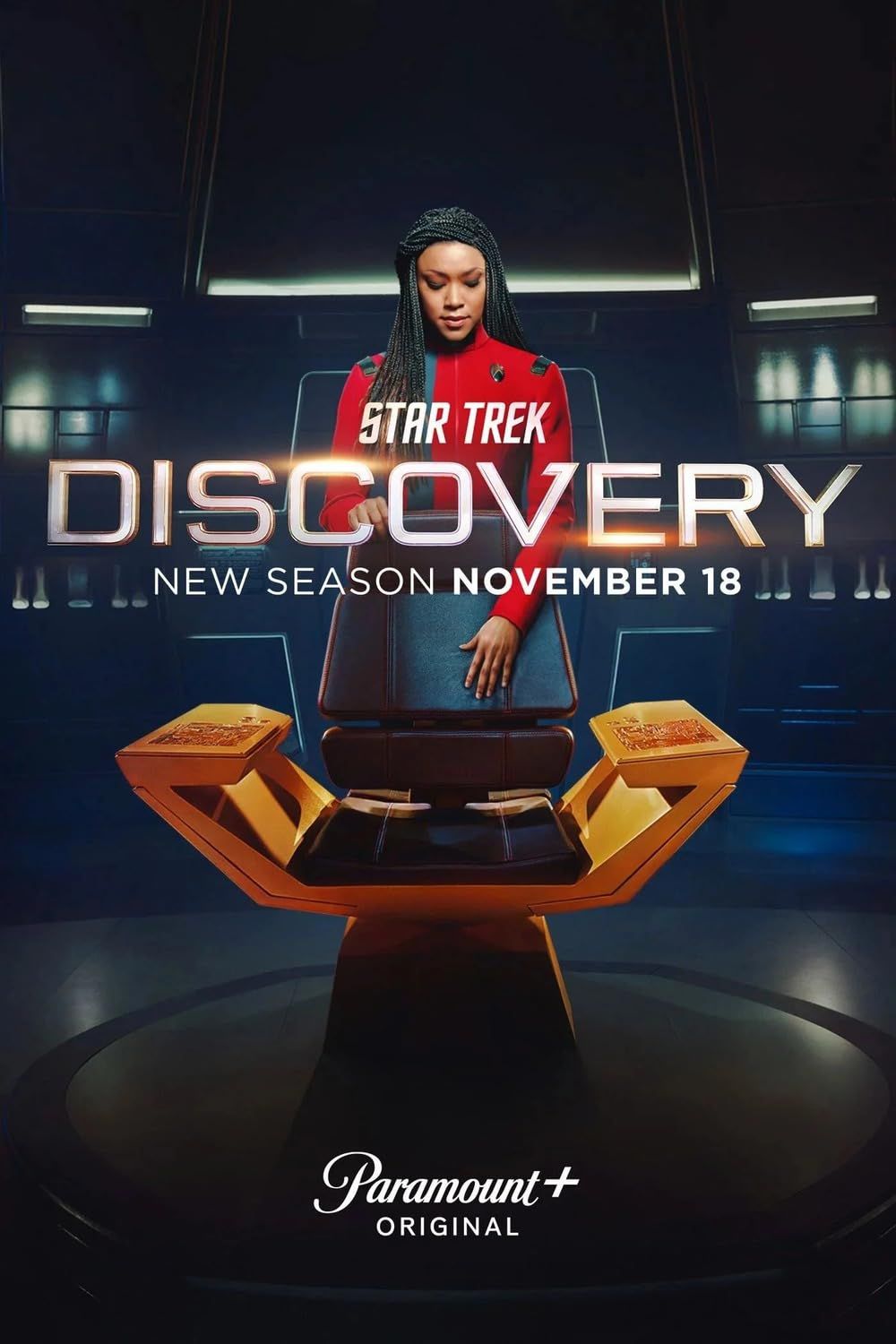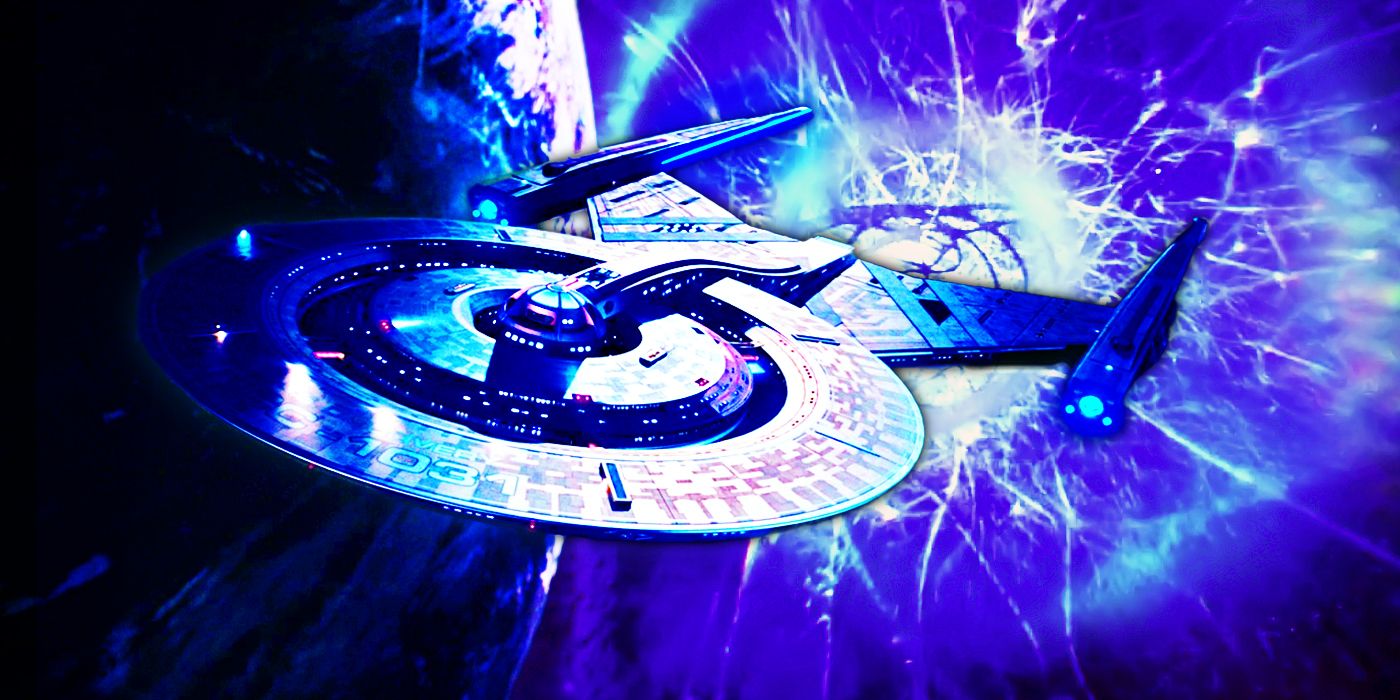The destruction of the Borg Collective in Star Trek: Picard season 3 means that Star Trek: Discovery can avoid disaster in the 32nd century. After they were considerably weakened by Admiral Kathryn Janeway (Kate Mulgrew) in the Star Trek: Voyager finale, Admiral Jean-Luc Picard (Patrick Stewart) and the crew of the USS Enterprise-D delivered the killer blow in the Picard finale. A desperate last ditch attempt to resurrect the Collective saw the Borg Queen (Alice Krige) assimilate the entire Starfleet armada, teaming up with the Changelings to turn the Federation's technology against it.
The Borg Queen's ingenious plan to use both the transporter system and Starfleet's controversial Fleet Formation mode to create her new Collective yielded terrifying results. Intending to use her new Collective to annihilate the unassimilated, Star Trek: Picard's Borg evolution could have had apocalyptic consequences for the universe. Thankfully, the worst case scenario was avoided, and the original Borg are now extinct, removing them as a future threat to Captain Michael Burnham (Sonequa Martin-Green) and the crew of the USS Discovery. This is a relief, as the Discovery contains technology that could have seen the Collective gain a terrifying new advantage.
The Borg Will Never Have Star Trek: Discovery’s Spore Drive
Whether the Borg had survived into Star Trek: Discovery's far future was an open question until the ending of Picard season 3. With the Borg extinct, the USS Discovery will never encounter the classic Star Trek villains, which is good news for the 32nd century. A Borg encounter with the USS Discovery could give them valuable information about Commander Paul Stamets (Anthony Rapp) and his research into the mycelial network. It would also potentially give the Borg Collective access to Discovery's revolutionary spore drive.
Allowing Discovery to travel across the mycelial network, the spore drive gave Starfleet the ability to instantly jump to wherever they needed to be. It was a valuable asset during the Federation-Klingon war, and continued to be of great value once Discovery arrived in the 32nd century. While the Borg already possessed superior travel capabilities to Star Trek's warp drive, the spore drive would be a faster alternative to their own transwarp conduits.
Why The Borg Assimilating Discovery’s Spore Drive Would Be A Star Trek Disaster
The consequences of the Borg acquiring Discovery's spore drive are terrifying to contemplate. With a spore drive, the Borg Collective could instantly travel to anywhere along the mycelial network, surprising their victims and making it harder for the Federation to track them. For example, Star Trek: First Contact opens with Starfleet informing Captain Picard of an impending Borg attack on Earth. With a spore drive, the Borg could instantly appear above the Earth, taking the Federation by surprise. Frontier Day was an instantaneous assimilation, but it did have its limits - they could only assimilate those under 25, leaving the elder Starfleet officers to mount an offensive.
While the Frontier Day celebrations were disastrous, the Borg possessing a spore drive would be even worse for those inside and outside Starfleet.The Borg Collective with a spore drive could drop into Federation space, begin assimilating a planet, and be on their way before Starfleet could redirect their armada. It's no coincidence that Star Trek: Discovery's spore drive was developed during wartime, as Starfleet realized the benefits of being able to take their enemies by surprise. The Borg Collective would also identify this benefit, so it's for the good of the 32nd century's Federation that their ancestors defeated the Collective once and for all, way back in 2401.




